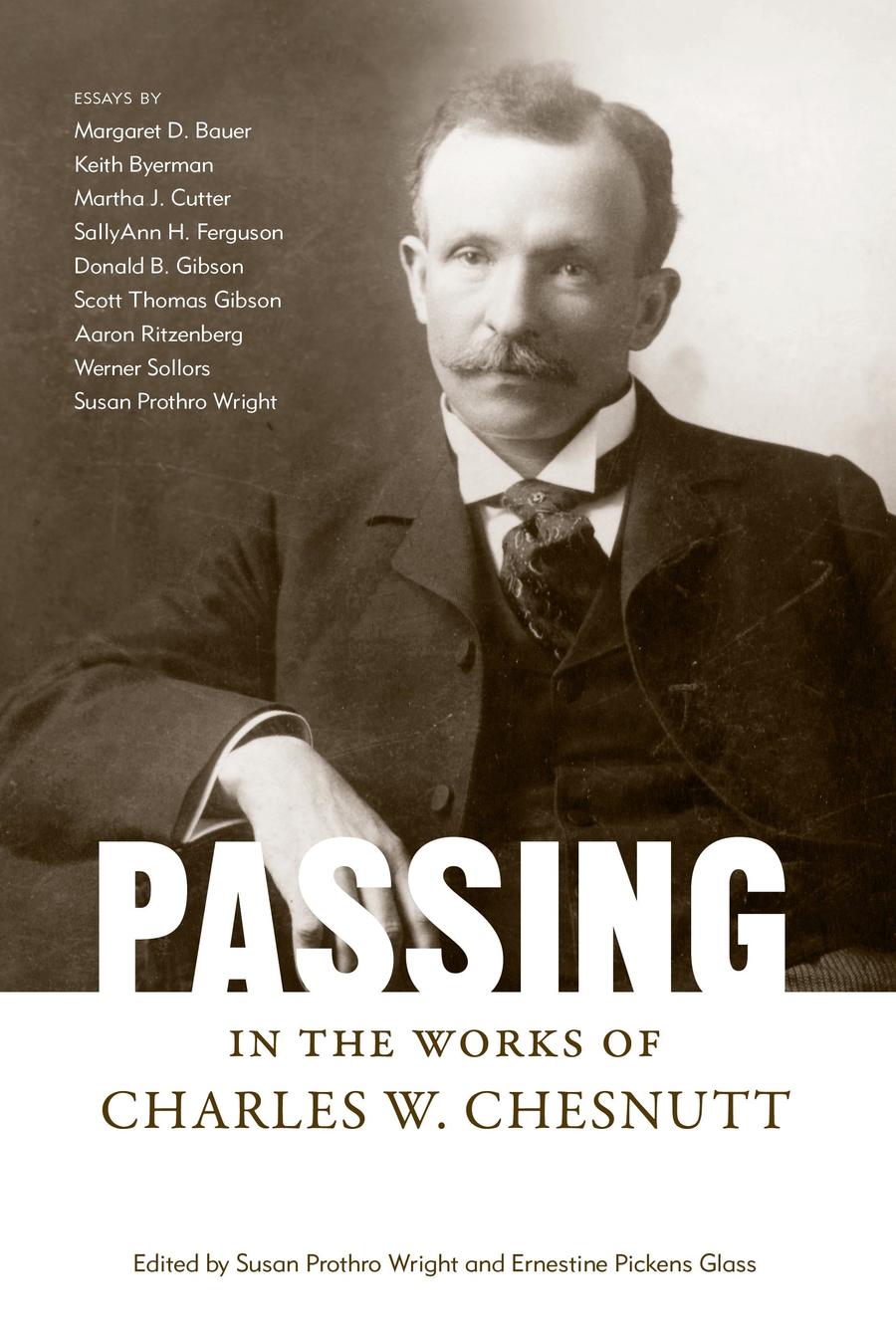Romance and Rights: The Politics of Interracial Intimacy, 1945-1954Posted in Books, History, Law, Monographs, United States on 2013-09-28 01:14Z by Steven |
Romance and Rights: The Politics of Interracial Intimacy, 1945-1954
University Press of Mississippi
2005
224 pages
bibliography, index
Cloth ISBN: 9781578067053
Paper ISBN: 9781604732474
Alex Lubin, Associate Professor of American Studies
University of New Mexico
Romance and Rights: The Politics of Interracial Intimacy, 1945-1954 studies the meaning of interracial romance, love, and sex in the ten years after World War II. How was interracial romance treated in popular culture by civil rights leaders, African American soldiers, and white segregationists?
Previous studies focus on the period beginning in 1967 when the Supreme Court overturned the last state antimiscegenation law (Loving v. Virginia). Lubin’s study, however, suggests that we cannot fully understand contemporary debates about “hybridity,” or mixed-race identity, without first comprehending how WWII changed the terrain.
The book focuses on the years immediately after the war, when ideologies of race, gender, and sexuality were being reformulated and solidified in both the academy and the public. Lubin shows that interracial romance, particularly between blacks and whites, was a testing ground for both the general American public and the American government. The government wanted interracial relationships to be treated primarily as private affairs to keep attention off contradictions between its outward aura of cultural freedom and the realities of Jim Crow politics and antimiscegenation laws. Activists, however, wanted interracial intimacy treated as a public act, one that could be used symbolically to promote equal rights and expanded opportunities. These contradictory impulses helped shape our current perceptions about interracial romances and their broader significance in American culture.
Romance and Rights ends in 1954, the year of the Brown v. Board of Education decision, before the civil rights movement became well organized. By closely examining postwar popular culture, African American literature, NAACP manuscripts, miscegenation laws, and segregationist protest letters, among other resources, the author analyzes postwar attitudes towards interracial romance, showing how complex and often contradictory those attitudes could be.









